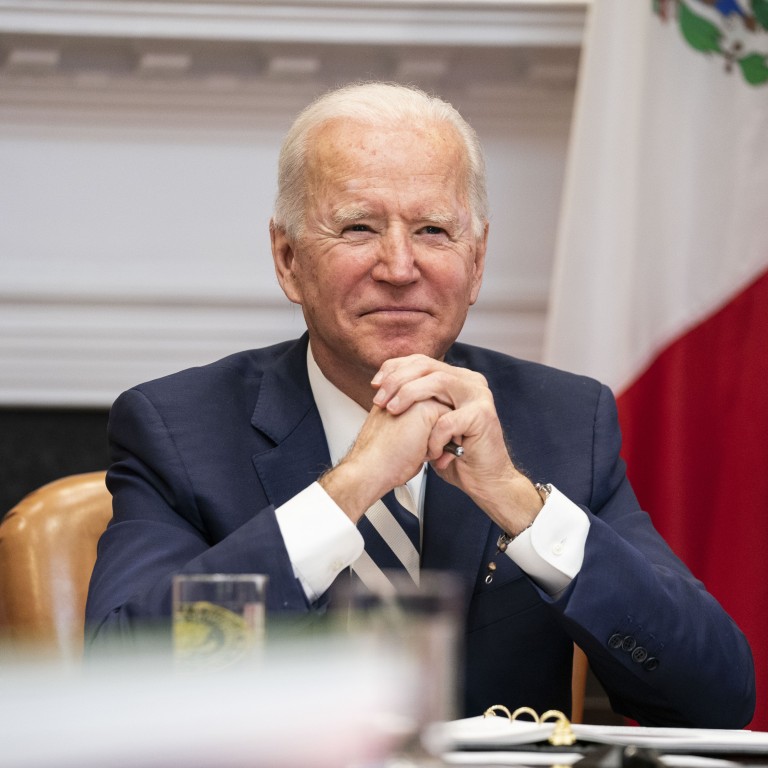
Why Biden’s plan to ‘gang up’ on China could backfire badly on the US
- If US-centred coalitions are the way forward, then China-centred coalitions are the obvious response, leaving nations caught in the middle and trade disrupted
- Beijing is likely to scale up its challenge to US domination rather than backing down
The sigh of relief when Joe Biden became US president was palpable. Domestic and global divisions that had been fostered by Donald (the “destroyer”) Trump could, it seemed, be healed and the world could set course towards solving universal problems like pandemics and global warming.
It seems, alas, that this is not to be. No one expected Biden to heal social and political divisions in his own country overnight but there were high hopes that he could prevent the wider world from splitting into two economic and geopolitical halves – an “Amerisphere” and a “Sinosphere”.
A China that feels it is being ganged up on by US-led country coalitions will be strongly tempted to react defensively – and aggression is a close relative of defensiveness. This points to a reacceleration of Chinese defence spending and military posturing in Asia and possibly beyond.
But it is the economic implications of the apparent Biden retreat behind protectionist (using the term in a broad sense) barriers that is disturbing. Economic sanctions and tariffs were the option of the Trump era but more subtle protectionism seems to be Biden’s weapon of choice.
Why Biden’s Buy American plan is a bad Trumpian idea in new protectionist clothes
The impact on regional trade arrangements could be as damaging as that on multilateral trade agreements, which have already been badly eroded by a progressive retreat from multilateralism and globalisation over the past decade, and which accelerated rapidly while Trumpian populism prevailed.
China is the biggest economic power within the alternative Regional Comprehensive Economic Partnership (RCEP) agreement among 15 Asia-Pacific nations. These two groupings could become proxies for competition between the US and Chinese spheres of influence, with their common members feeling the squeeze.
A Biden administration more willing to accept China’s rise, and coexist and cooperate economically – while not actively embracing China’s political, governance and “control economy” systems – could have staved off potential tension between these regional trade blocks.
The outcome of the Chinese Communist Party’s National People’s Congress, which kicked off on March 5, will almost certainly reflect these tensions and divisions, with Beijing likely to scale up its challenge to US domination rather than scaling back its ambitions.
But whereas the former Soviet Union, the target of the SDI, was almost bankrupt economically and ideologically at that time, China is a vigorous and fast-expanding economy which, if anything, seems to be growing in confidence.
The tactic could backfire badly on Washington unless Biden stops worrying about Trump breathing down his neck and is willing to put global vision before domestic politics.
Anthony Rowley is a veteran journalist specialising in Asian economic and financial affairs


